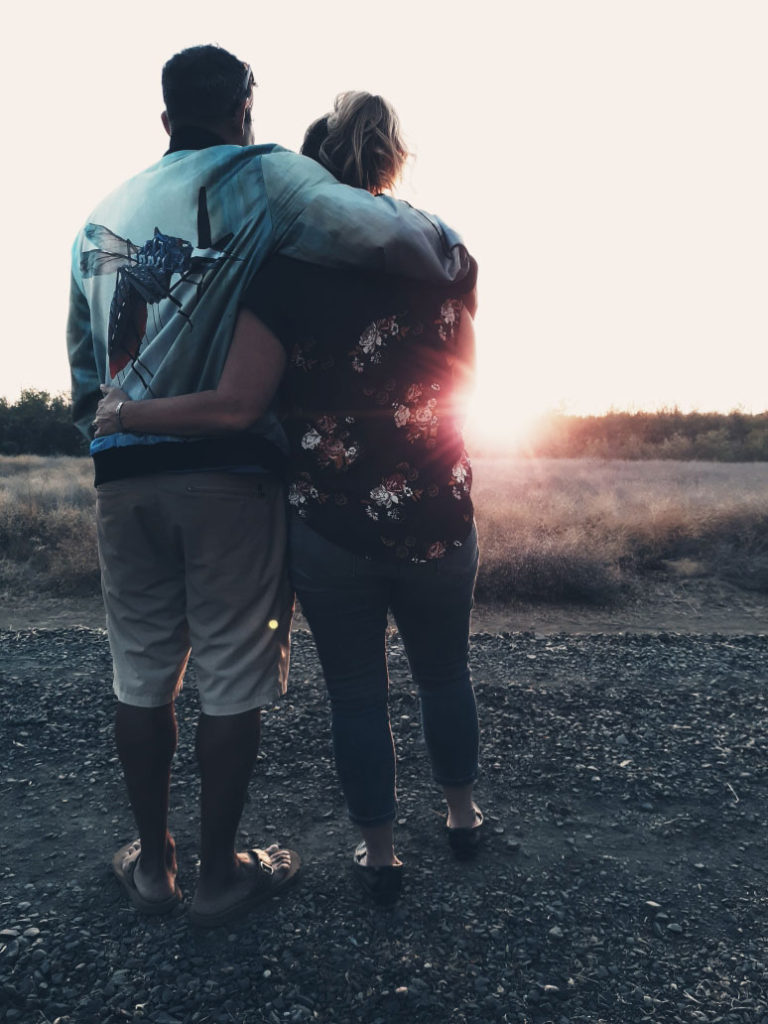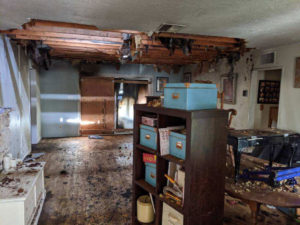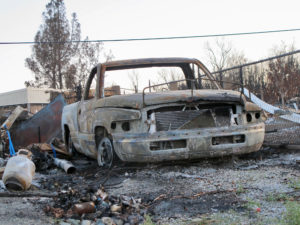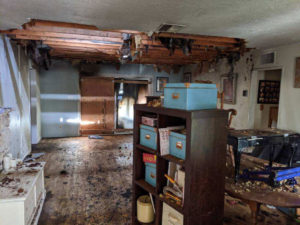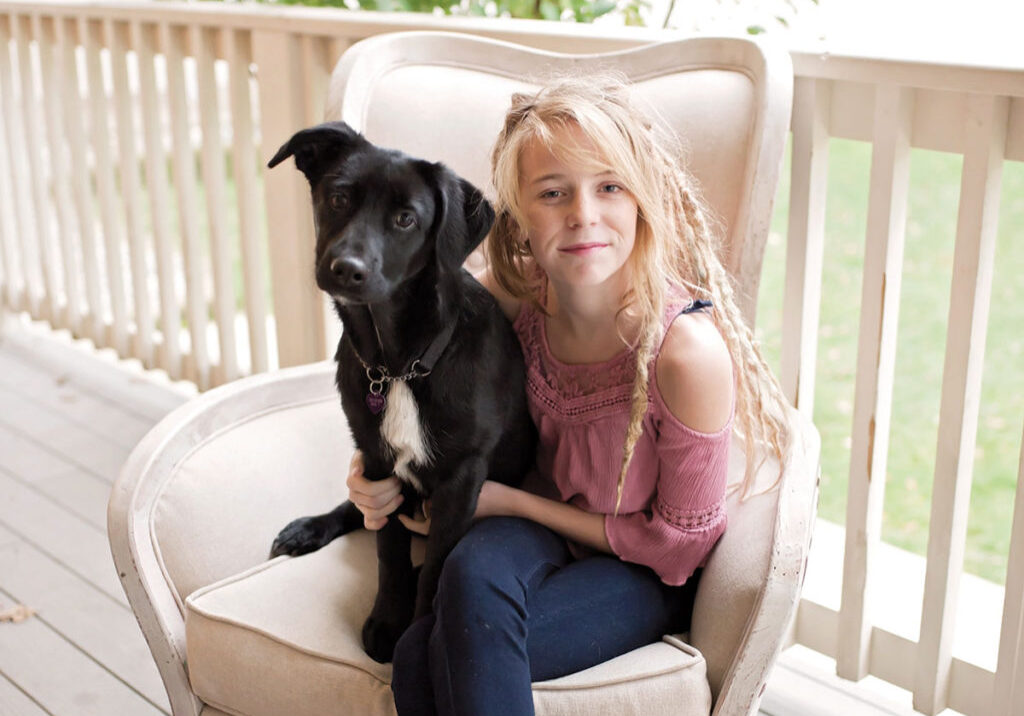With so many recent wildfires in the North State, alerts and evacuation orders are becoming common; but with a house fire, there is rarely advance warning. Sometimes it’s a quiet night, such as it was at the Parish house on March 5, 2020. “I was awakened at 10:25 by what sounded like a large hailstorm hitting the house,” Tanya Parish says.
Tanya woke her husband, Eric, and they went to investigate. Smoke had filled the hallway and back of the house, and the frame of their slider was engulfed in flames. At that moment she realized she was hearing her own voice through the smoke detector: “Fire. Leave the house. Go to the neighbor’s tree.” That was their fire plan.
A Fire Plan that worked
The voice command smoke detector had been a housewarming present from Eric’s father, a former seasonal firefighter, when they bought their house in 2012. “We had talked about a fire plan with the children, and of course the smoke detector would go off occasionally when things didn’t go right in the kitchen” Tanya laughs. “So the kids had heard the command a few times over the years.”
Gathering their two children, 11-year-old Fletcher, and 9-year-old Anouk, they followed that plan and ran outside. “We had a perfect path towards the front door — there was no laundry or Legos scattered about — and that never happens.” Tanya says.
Eric went back inside for their dogs, and found their boxer, Rocket; but it soon became too dangerous to keep looking for their pug, Gus. Neighbors had called 911 and fire trucks soon pulled up. The firefighters found a very scared pug hiding under a bed. “I will never forget the sight of this big fireman coming out of the house cradling our little Gus in his arms.” Tanya says.
An electrical problem in the attic had started the fire and Tanya says it didn’t spread to the garage where the Christmas decorations and other sentimental items were stored.
A decision to move forward
Still, the house had to be torn down to the studs and ultimately the family decided that a new beginning would help them move forward with their healing. After being in a rental for a year they bought a new house that they hope will be their forever home. This last year they have celebrated many of life’s milestones like birthdays and anniversaries with a single candle on a cake. “It’s the first for everyone in this house and we wanted to make sure we celebrated that,” says Tanya.
From her experience, Tanya has a few suggestions to prepare for a fire and cope with its aftereffects:
“We learned so much about our homeowner’s insurance policy. Take the time to make sure you have a good policy that covers your needs if anything happens.
“Have a fire plan and make sure everyone in the family knows it. Talk about it through the years to make sure everyone remembers it.
“Let your community of friends and family help you. There was so much to take care of or to deal with. We had so many people that helped us get the things we needed or gave us information about resources that could help us.
“We arranged counseling for our children, first through their school, but then privately when schools shut down due to Covid. Now we look to other means of therapeutic healing, and our daughter has been taking horseback riding lessons. As teachers we were able to rely on our training for social emotional support.
“Communication with my husband was a huge key to surviving this together. There is so much to talk about — have the conversations, don’t hold anything back.”
“I wouldn’t wish for anyone to experience this,” Tanya says, “but I feel like it has definitely made us a stronger family. We have come to appreciate the small things; we hold more value in our experiences than stuff. I’m so proud of how strong my children have been through all of this.”
Smart Escape Plans and Practices
It is important as a family to have escape plans and to teach children, age-appropriately, what to do in case of a home fire. For everyone in the family, it is important to keep the escape plans simple. The stress of an emergency can make remembering directions more difficult, so the simpler they are, the better.
The plans should include a few different ways to exit, a place to meet outside the house and instructions about what to do if the exits are blocked. Teach children to go to a window and signal for help if they cannot exit. Teaching them that the firefighters coming in may be wearing scary looking uniforms is also important. Make sure the windows can be opened easily and have hanging ladders nearby so they can be quickly put in place in case bedroom doors are blocked.
Families living in areas where wildfires are common should also have a plan in the event of an evacuation. Have “to-go” bags packed with extra clothes, water, snacks and important documents (birth certificates, deeds, etc). Having medications in a location where they are easily grabbed and not forgotten is important. If your children are old enough, giving them responsibility for grabbing their favorite toy or stuffed animal and a backpack lets them be a part of the plan and helps ease their fears a little.
General fire related education for children that goes beyond playing with matches and fire, should happen regularly. For example, Drop and Roll if your clothes catch on fire. Demonstrate this and have the child do it. Teach your children about crawling low to keep from inhaling smoke.
Talk about crawling out of the house and demonstrate this, then have the child do it. Make it a game and PRACTICE!
Posted in: Community
Comment Policy: All viewpoints are welcome, but comments should remain relevant. Personal attacks, profanity, and aggressive behavior are not allowed. No spam, advertising, or promoting of products/services. Please, only use your real name and limit the amount of links submitted in your comment.
You Might Also Like...
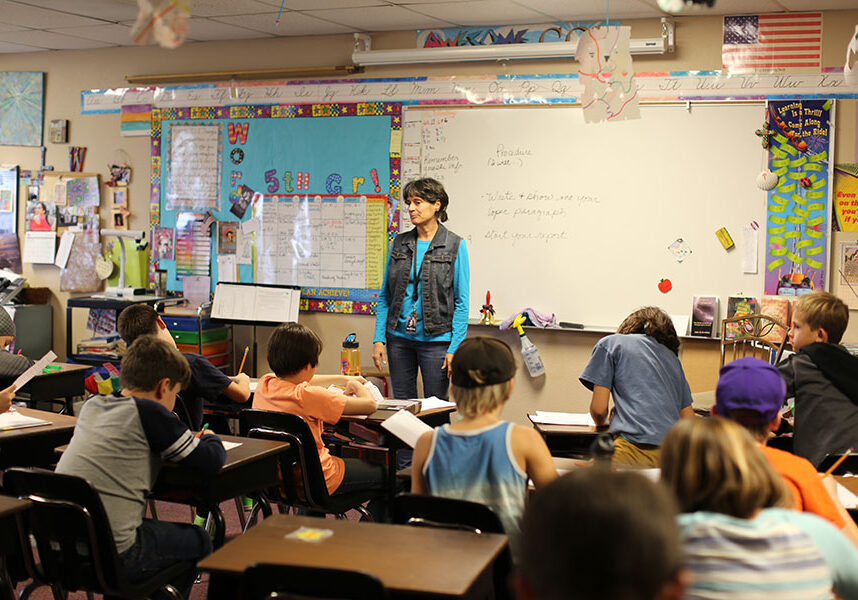
Common Core: North State Kids to Bring Their Computer Savvy on Test Day
This spring, North State students will have to bring some computer savvy along with a sharpened pencil to school on test day, when millions of California’s kids sit down for […]
7 Signs You Might Actually Be a Tree Hugger and How to Get There If You’re a “Wanna-be”
I guess it’s time for me to admit that I’m a tree hugger. Not the kind that would chain myself to a tree or live in a tree in protest, but […]
The Juggle is Real – Tips, Stories and Resources to Encourage Moms How to Start and Grow a Business
To be both a mother and a successful business owner is a dream of many women and a reality for a few. Is it possible to have a functional, loving […]
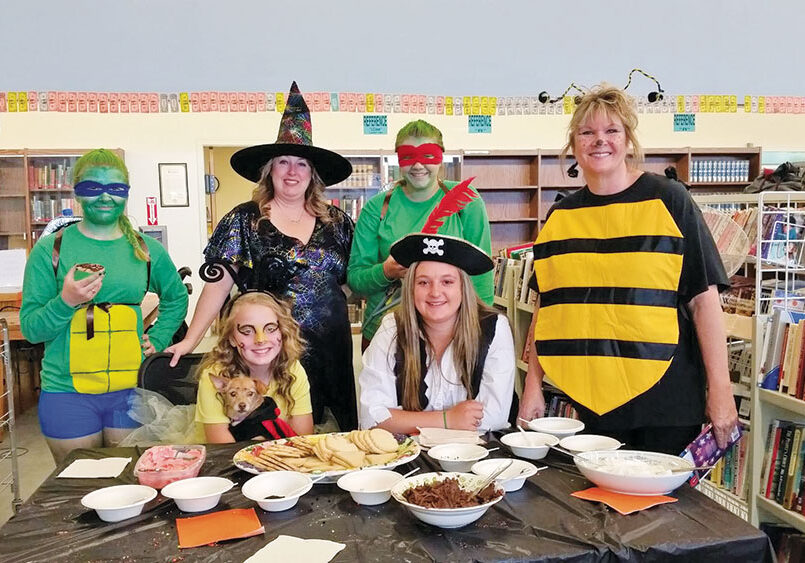
The Tehama County Library Costume Swap Makes Recycling Fun
The Tehama County Library Reduce, Reuse, Re-scare Costume Swap Makes Recycling Creative Fun! Princesses, pirates, skeletons, fairies, cowboys, and more … kids can find what they need to become a […]

